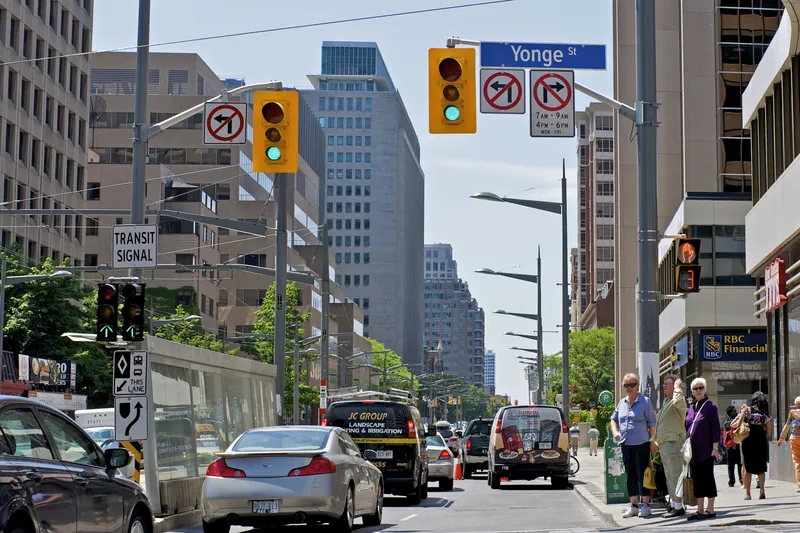A project by University of Toronto professor of civil engineering Professor Baher Abdulhai marries cameras with computers to create traffic lights that can measure vehicle flow, understand what it means, and adapt signal patterns to reduce gridlock. “We want the traffic light to learn from experience,” explained Prof. Abdulhai, who is principal investigator on the University of Toronto project, dubbed Marlin, and an expert in intelligent transportation systems (ITS). “In the Toronto experiment we cut down d
March 26, 2013
Read time: 2 mins
A project by University of Toronto professor of civil engineering Professor Baher Abdulhai marries cameras with computers to create traffic lights that can measure vehicle flow, understand what it means, and adapt signal patterns to reduce gridlock.
“We want the traffic light to learn from experience,” explained Prof. Abdulhai, who is principal investigator on the University of Toronto project, dubbed Marlin, and an expert in intelligent transportation systems (ITS).
“In the Toronto experiment we cut down delays by forty per cent, on average.”
This work is part of a broader recognition that something has to be done about gridlock that threatens to paralyse the city. Congestion causes drivers some of the worst commute times in North America and, according to the Toronto Region Board of Trade estimate, is costing the economy US$5.8 billion annually.
The search for solutions has been part of a series of public discussions by transit organisation6394 Metrolinx, which is seeking ideas on how to fund the next generation of transit expansion.
“Some congestion is a sign of vibrancy,” says Prof. Abdulhai in the draft of an upcoming report for the Residential and Civil Construction Alliance of Ontario, “but too much congestion has many negative consequences. The good news is that there are plenty of approaches to address congestion, traditional and non-traditional, technical and non-technical.”
“We want the traffic light to learn from experience,” explained Prof. Abdulhai, who is principal investigator on the University of Toronto project, dubbed Marlin, and an expert in intelligent transportation systems (ITS).
“In the Toronto experiment we cut down delays by forty per cent, on average.”
This work is part of a broader recognition that something has to be done about gridlock that threatens to paralyse the city. Congestion causes drivers some of the worst commute times in North America and, according to the Toronto Region Board of Trade estimate, is costing the economy US$5.8 billion annually.
The search for solutions has been part of a series of public discussions by transit organisation
“Some congestion is a sign of vibrancy,” says Prof. Abdulhai in the draft of an upcoming report for the Residential and Civil Construction Alliance of Ontario, “but too much congestion has many negative consequences. The good news is that there are plenty of approaches to address congestion, traditional and non-traditional, technical and non-technical.”










